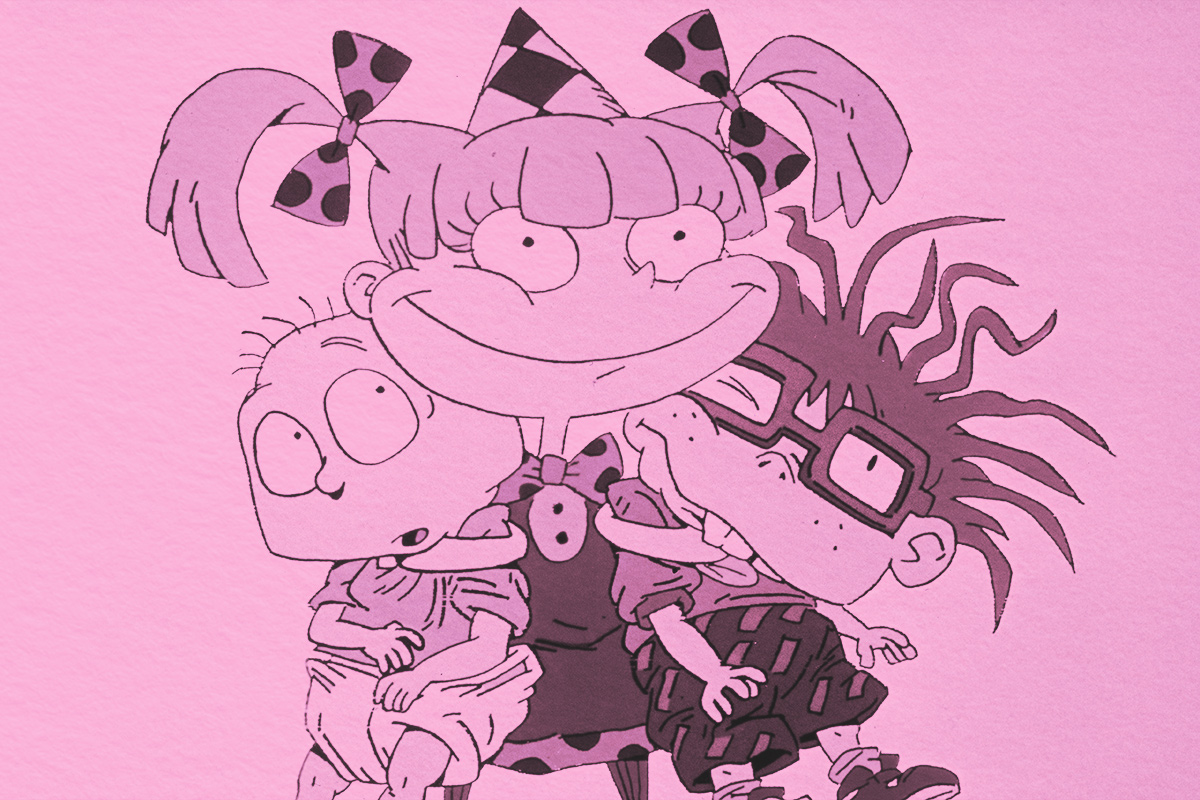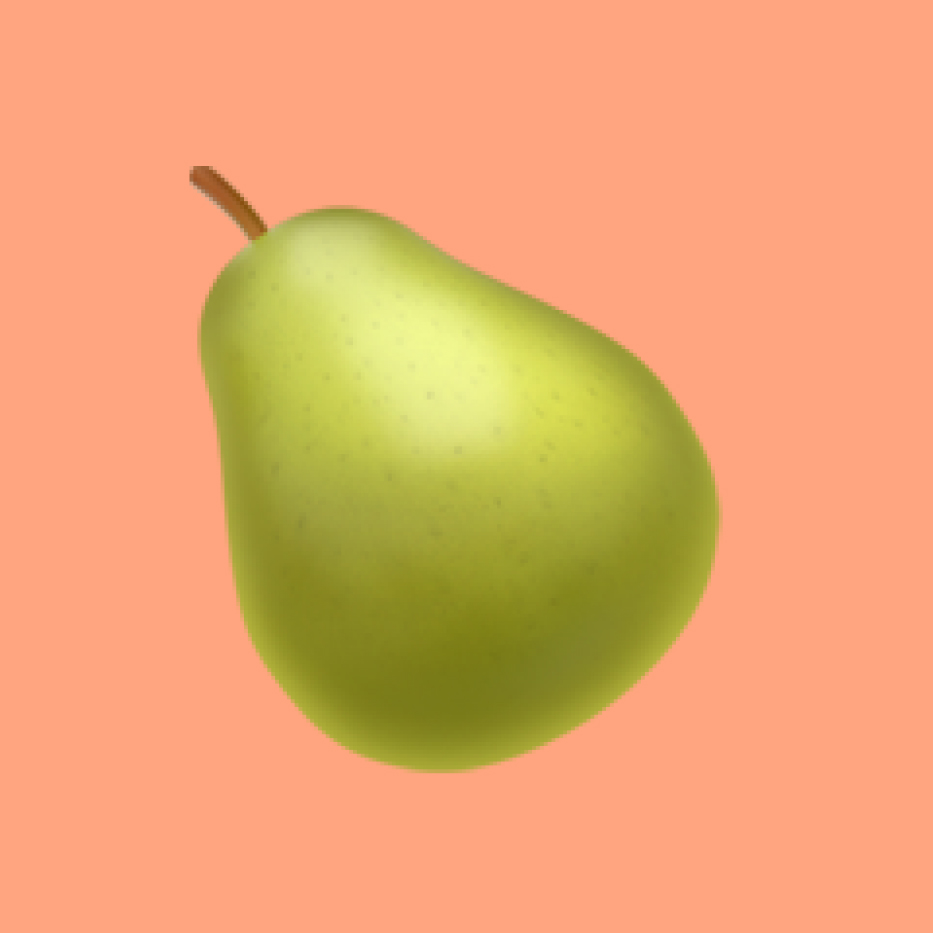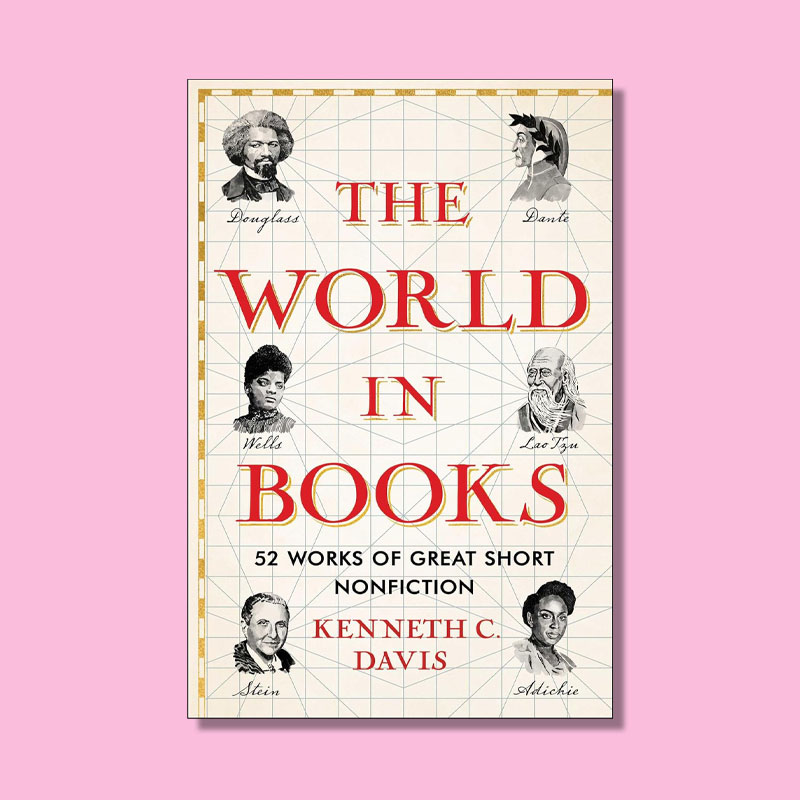What is a dysphemism? | | A dysphemism is a linguistic device that turns a word or phrase into something harsher or more derogatory — essentially the opposite of a euphemism. | |  | Rachel Gresh |
|
| |  | | I magine if the beloved Emmy-winning Nickelodeon cartoon Rugrats were called "Onesomething" instead — it just doesn't have the same ring to it. Show creator Arlene Klasky considered that alternative title as a play on the popular TV series Thirtysomething, but she pivoted to Rugrats after a breakthrough while working from home with her young children. "Rugrats" isn't necessarily a derogatory term, but she picked it for its edgy tone over a more neutral term, making it a dysphemism. According to Klasky, the playful name was perfect for a cartoon that saw the world through the eyes of mischievous babies.
"Rugrat" has been used since the late 1960s to describe a small child who is still crawling on the carpet. Even when used as a dysphemism, it's more playful and comical than offensive. However, other dysphemisms are more disparaging.
As we talked about in a previous edition, a euphemism is a term chosen to soften the intent of an otherwise offensive or crude word choice. A dysphemism performs the opposite role. For example, your father might derisively call a doctor he didn't like a quack, or you might dread visiting your friend's dump of an apartment (we don't recommend saying that to your friend). An old car can be a tin can or a money pit, yet you may need that transportation to get you out to the boondocks or to work in a hellhole. None of these terms are nice, but they are dysphemisms.
Tracing the ancient origins of the term "dysphemism" supports its modern use. It was derived from the Greek prefix dys-, meaning "bad, abnormal, or difficult," and phēmē, meaning "speech, voice, or utterance." While dysphemisms are often blunt and at times offensive, they can add flair, humor, and edge to communication — just be mindful of their potential to offend. |
| | Continue reading | |  |
| |
| | Thanks for supporting our sponsors! They help keep Word Smarts free for everyone. | |
Emoji Decoded | |  | | Pear | | | Meaning: Displays a green pear fruit, but is often used metaphorically to describe a curvy body shape with fuller hips and thighs.
Evolution: The Pear was included in Emoji 1.0 with the Apple, Banana, Lemon, and Grapes emojis, but this emoji has taken on new meaning in body-positive conversations. The term "pear-shaped" as a body type has been reclaimed as a celebration of curves.
Usage: [Caption on an outfit of the day post:] #OOTD Styling tips for my fellow pear girlies 🍐👗 |
|
 | | Pear | | | Meaning: Displays a green pear fruit, but is often used metaphorically to describe a curvy body shape with fuller hips and thighs.
Evolution: The Pear was included in Emoji 1.0 with the Apple, Banana, Lemon, and Grapes emojis, but this emoji has taken on new meaning in body-positive conversations. The term "pear-shaped" as a body type has been reclaimed as a celebration of curves.
Usage: [Caption on an outfit of the day post:] #OOTD Styling tips for my fellow pear girlies 🍐👗 |
|
| |
Have you read? | |  | | The World in Books | | By Kenneth C. Davis | | While my TBR pile is daunting, I'm always looking for new book recommendations, and this volume comes prepared with 52 nonfiction recommendations. Each entry includes an excerpt, a biographical entry, and some thoughts on why it's of note. Davis even gives additional suggestions for what to read after THAT, possibly by the same author or in the same genre. He spans the globe, eras, identities, political spectrums, and ideologies — it's a scattershot of nonfiction recs and that appeals to me. | | | | Jennifer A. Freeman, Word Smarts Senior Editor | | | | We independently evaluate all recommended products and services. If you click on links we provide, we may receive compensation. |
|
 | | The World in Books | | By Kenneth C. Davis | | While my TBR pile is daunting, I'm always looking for new book recommendations, and this volume comes prepared with 52 nonfiction recommendations. Each entry includes an excerpt, a biographical entry, and some thoughts on why it's of note. Davis even gives additional suggestions for what to read after THAT, possibly by the same author or in the same genre. He spans the globe, eras, identities, political spectrums, and ideologies — it's a scattershot of nonfiction recs and that appeals to me. | | | | Jennifer A. Freeman, Word Smarts Senior Editor | | | | We independently evaluate all recommended products and services. If you click on links we provide, we may receive compensation. |
|
| |
|
![]()
![]()
![]()
![]()
0 Comments:
Post a Comment
<< Home